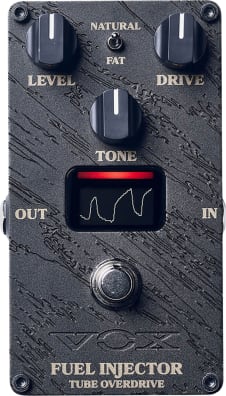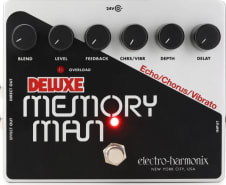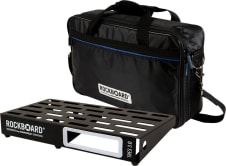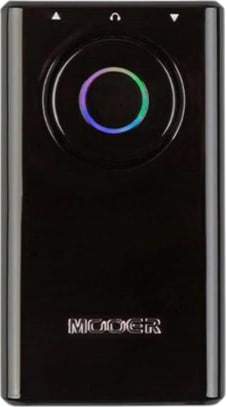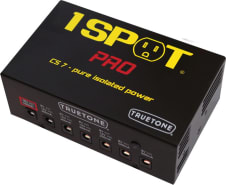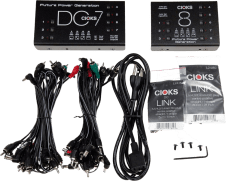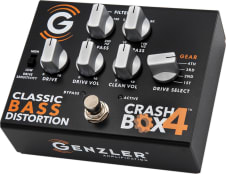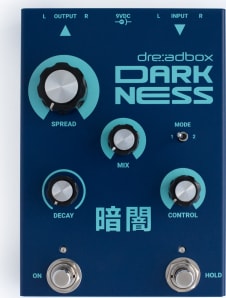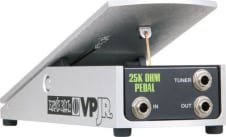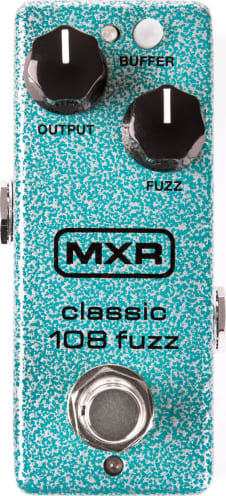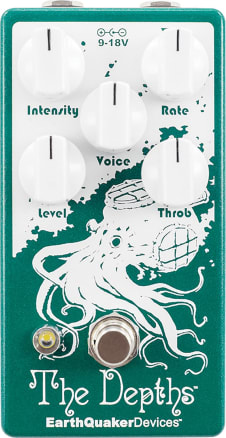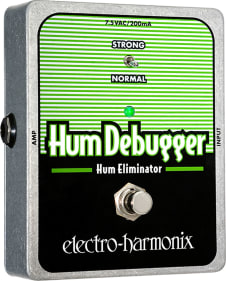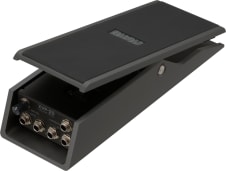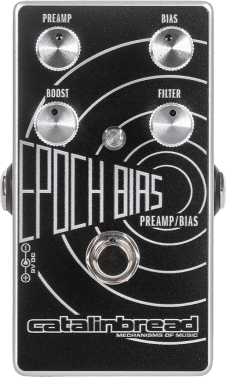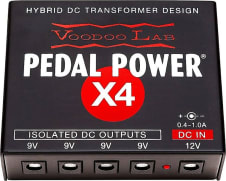At JHS, fuzz pedals have been in their lineup for over a decade. JHS have designed original circuits, replicated classics, and have seen the trend of fuzz popularity come and go. The "Legends Of Fuzz'' series is JHS's tribute to the most important fuzz circuits ever made. It is their way of ensuring that the stories of these effects live on in the music that you are going to make. From the earliest days of fuzz in the mid-60's London scene to the 1990's ex-Soviet military factories that brought the Big Muff back to life, fuzz tells a story, and that story includes guitarists just like you. There is nothing more primitive than plugging your guitar into a vintage fuzz circuit; it is raw, untamed, and so pure that it pushes the boundaries of what your instrument can accomplish. Plug into a fuzz and plug into sixty years of beautifully broken sound. In the mid-’60s, the world’s first nuclear company, Victoreen Instruments, launched Jordan Electronics. They started out manufacturing transistorized guitar amps and debuted the first commercially successful U.S. based plug-in effect at the 1966 NAMM Show, the Boss Tone, though it didn’t hit the market until 1967. At the time, fuzz was still a new frontier for most guitarists, but nothing else on the market looked or sounded quite like the Boss Tone (a true testament to the ingenuity of Jordan Electronics’ owner, George Cole, and head engineer, Bob Garcia). The original unit is a small 1¾ by 2¼ inch molded plastic box that plugs directly into the guitar’s output jack. Unfortunately, plug-in effects never quite captured the practicality of a good old-fashioned stompbox, so JHS created a floor-based pedal that features the same unique tone.
Features
- Based on a legendary direct plug-into-jack fuzz pedal used by bands such as the Doors and the Yardbirds
- Standard floor-based stompbox form factor is far more convenient than the original, allowing you to plug in any guitar with any type of input jack
- Durable metal chassis is a step above the original unit’s molded plastic enclosure
- Wild ’60s-style fuzz tones that go from a hint of grit to a sputtering wall of sound
- “Mode” switch for enhanced tonal flexibility
- Classic JHS Legends of Fuzz sloped metal enclosure inspired by the most famous fuzz pedals of the past
Specifications
Check This Out!
Connect With Us
© 2024 GearTree






